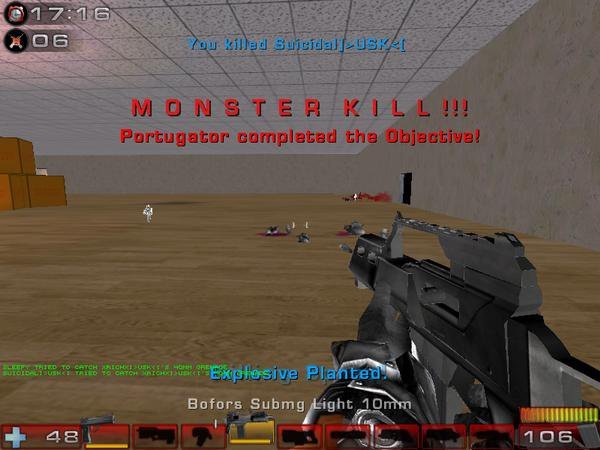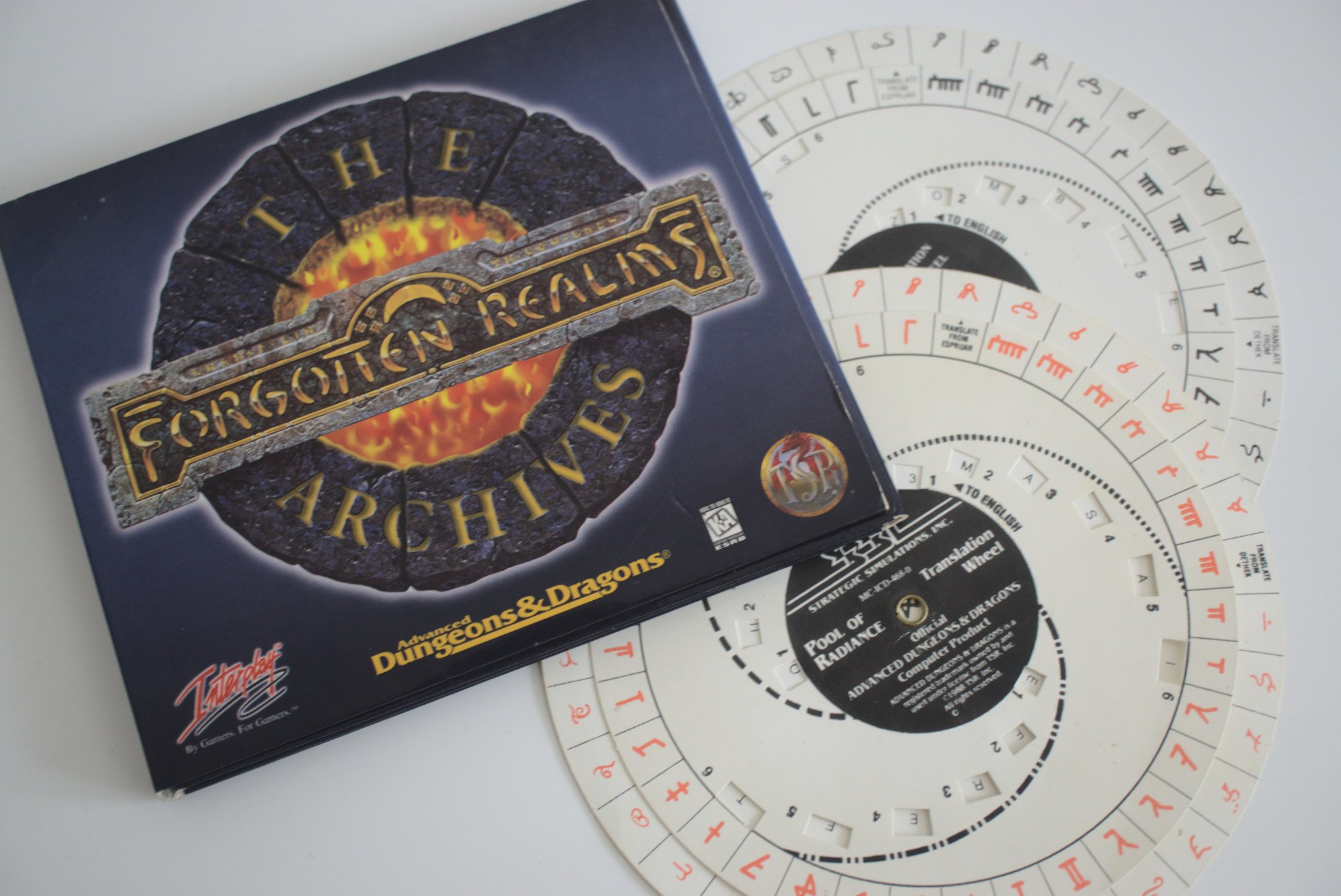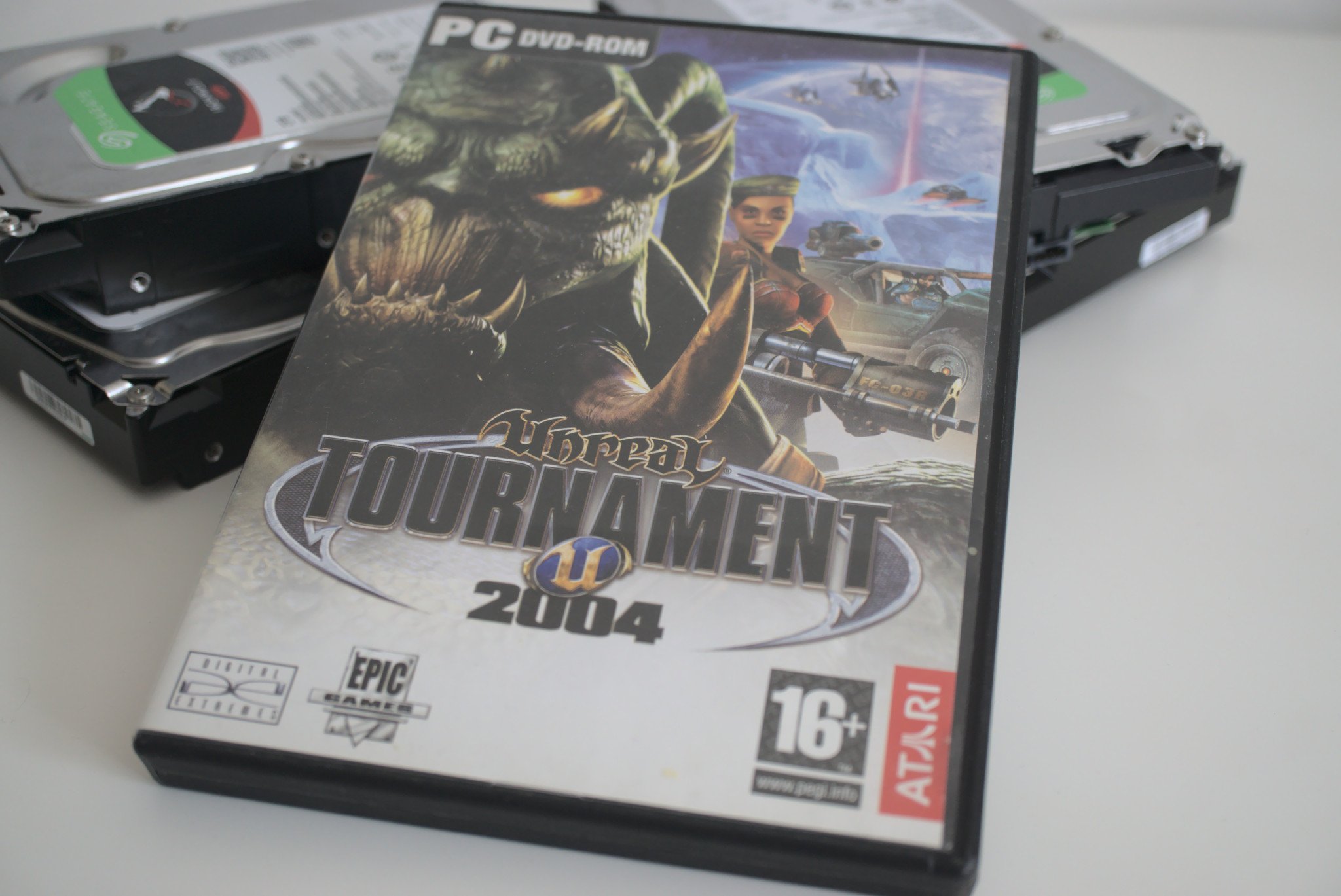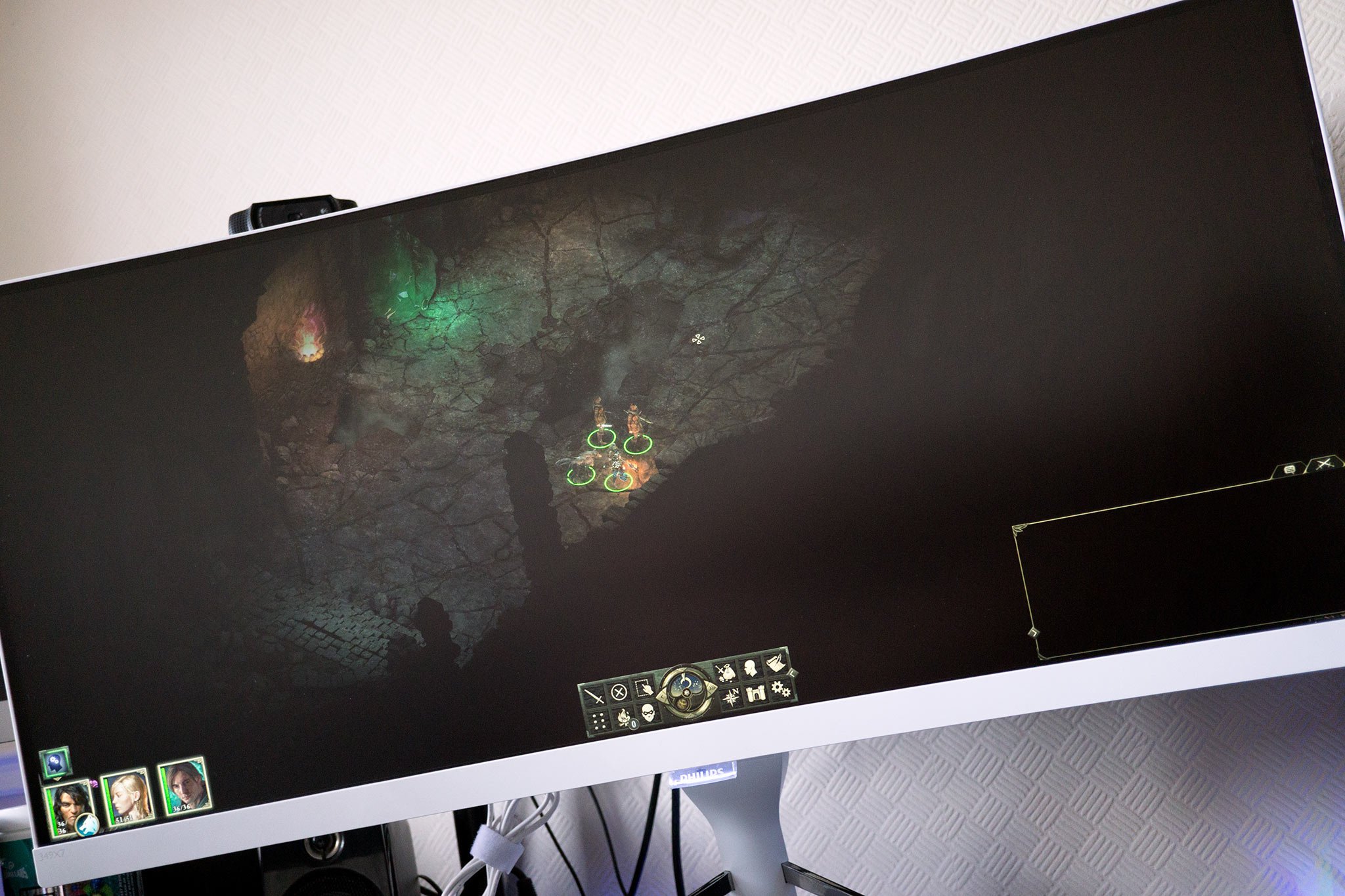As soon as I fired up my first PC game, I knew I wanted to build my own rig to play it on.
Techno-stalgia
Windows Central
- 35 (glorious) years of Windows
- Remembering Windows Phone
- Legacy of the Pocket PC
- Best video games of the '80s
- Why Zune left a permanent impression on us
- Remembering Xbox 360
Android Central
- The phones that made us fall for Android
- How Android has changed over the years
- Android phones with physical keyboards
- Admit it, Android sucked before 2017
- The wild early days of Android smartwatches
iMore
- First Mac memories
- Remembering arcades
- Love for LAN
- Lemonade Stand memories
- The classy iPod Classic
- Game manual memorabilia
- Nintendo Nostalgia
- Cassettes vs digital music
I've been building PCs since 2003 and have been enjoying games on the platform since 1998, after moving from the SEGA Genesis. The very first PC game I laid eyes on was Dungeons & Dragons: The Forgotten Realms Archive, which included 12 titles from that era. But since before building my first PC at the age of 13, I was bound to rules set down by parents on how much time could be spent lost in virtual worlds.
Fast forward to 2006 and it was the height of Unreal Tournament 2004. I was the community lead for one of the most popular servers around at the time, one that featured assault and racing maps. When not at college studying, I would spend countless hours each day online with hundreds of people. It was awesome as a 16-year-old at the time with nothing better to do.
From there, I entered the working world and today I'm fortunate enough to get paid writing about technology I adore. I have so many fond memories of gaming on PC, coupled with experimenting on older hardware with different system builds, server deployment for games, and more.
The early days of PC gaming
Starting with Dungeons & Dragons: Pool of Radiance, I was instantly hooked even before I entered the game. In order to gain access to it, you were required to use these translation wheels, which were effectively a really cool DRM implementation. We barely had working internet, so I had to use these physical discs else I'd have to try and hunt someone else down with a copy of the game.
My first PC was powered by an Intel Pentium P55C with a clock speed of approximately 200MHz.
The gameplay was spectacular at the time. This was the first PC Dungeons & Dragons game and I was instantly hooked. The only issue was lack of time to enjoy it while attending school and having but one hour every other day on the family PC. In 2001, my father had a custom PC built for him by a colleague from work and I was amazed at what was delivered. It was a masterpiece compared to the Tiny PC we had prior.
This is what got me started in wanting to build PCs. After weeks of begging my old man to give me what remained of our old family PC, he agreed and I was able to strip it bare. I recall it being powered by an Intel Pentium P55C with a clock speed of approximately 200MHz. RAM was far less than 512MB and the newly-acquired 10GB HDD was the highlight I thought would take me to the next level.
I was not only able to fire up Forgotten Realms, but also Championship Manager 98/99 (long before Football Manager was reality) and even Dungeon Siege. Things started to get a little messy when I attempted to install and run iTunes on Windows XP while gaming. It worked, but boy was it janky as hell. Other titles I enjoyed included Age of Empires, DOOM, Escape from Monkey Island, Might & Magic VII, Summoner, The Sims, and RollerCoaster Tycoon.
Migrating to the online world
I was fortunate enough to grow up during the period where internet forums were the hit thing. Also, MMORPGs were seriously hot. In the UK, Runescape was talked about throughout school and it was important you had a PC to join classmates online and leveling up skills. Looking back now, it was a mundane grind — you try sitting there for five hours to gain a single level in the mining skill — but it was so much fun as a group.
I played a major role in running one of the more popular Unreal Tournament 2004 servers for years.
Having net access completely changed computing for me, particularly gaming. Over the years, I managed to save up enough to put together my own rig, getting rid of that underpowered monstrosity in 2005. This was where I entered into the Intel Celeron game with some amazing ATI (AMD Radeon) graphics. It was time to move on from Runescape and onto Unreal Tournament 2004.
Unreal Tournament 2004 was massively popular during 2004-2008. I helped run one of the more popular servers, which provided countless assault and racing maps for up to 32 people at a time to enjoy. It was wild with so many people on TeamSpeak and in-game. Managing a bustling community forum at the side was but the icing on a very delicious cake. (If you played on the BIG server, I went by "Traygon", "RichEdmonds", and "ShinRyuu".)
 The only surviving screenshot from my UT2K4 days on the AS-PWC-Office map.
The only surviving screenshot from my UT2K4 days on the AS-PWC-Office map.
For me, this was my highest moment with PC gaming. Add on Guild Wars, CS:GO, League of Legends, and plenty of other PC titles released in the 00s, and I barely left my immediate four walls. For PC building, in 2006 I worked at a local computer repair shop for work experience, which involved servicing machines sent in by customers. Some of these included custom rigs with water-cooling.
This is where my PC building skills took off, alongside my desire to create some special-looking rigs myself. Oh, and Windows Vista launched. Continuing to manage servers, run my own, and dabble in some code, in 2008 I landed a job at an SEO agency in London as a technician — basically running scripts, assisting advisors with data sourcing, and managing infrastructure.
Beyond 60Hz and realistic visuals
Gaming continued to play a major role in my life, even after leaving Unreal Tournament 2004 behind. From around 2012 onwards it was mostly League of Legends and some various MMORPGs that my friends and other people I knew hopped between. The Elder Scrolls V and The Witcher 3 both consumed thousands of hours, but PC building eventually became the forefront of my hobby list, after spending so many years behind PC gaming.
That's about the same time I joined WMExperts in 2010, which rebranded to Windows Phone Central. We were primarily a resource for all things Microsoft's mobile platform, but with the end approaching it was time we expanded our coverage. The PC landscape improved drastically too. We had multi-core processors, amazing graphics processing cards, and massive storage drives. Advancements made in the modding scene made water-cooling a more appealing choice for system builders.
I wanted to ramp up our PC content from essentially zero and fast-forward today you can find a whole host of topics here from gaming to PC building, networking to NAS servers. I've now lost count as to how many machines I've built. It's well into the three digits, but I wouldn't have built a single PC if it wasn't for gaming. And the best part is I can return to and enjoy all those old classics that got me doing what I do today.
How did you get into PC gaming and did it help motivate you into building your own rigs? I'd love to read your stories!










0 comments:
Post a Comment